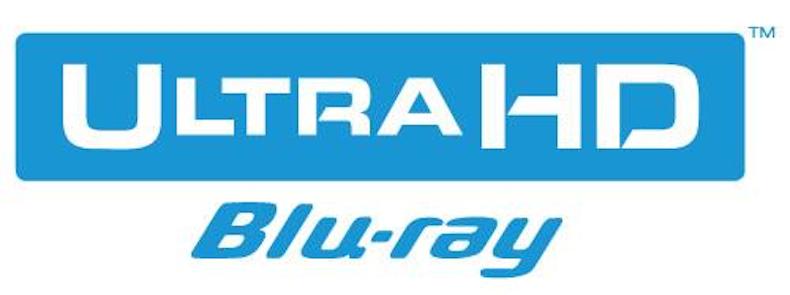The new format will support a 4K resolution of 3840 x 2160, as well as high dynamic range (HDR), higher frame rates and object-based immersive sound, such as Dolby Atmos and DTS:X.
HDR pictures can be delivered in one of two ways: either using the BDA-developed “BD HDR” section of the new specification, or via compatible HDR formats such as Dolby Vision.
The BDA has also announced an optional digital bridge feature that would allow “consumers to view their content across [a] range of in-home and mobile devices", meaning any purchased content can be viewed over multiple devices.
It’s also been announced that the format will be backwards compatible, so regular Blu-ray discs will work in Ultra HD Blu-ray players.
UPDATE: Ultra HD Blu-ray price and release date details
“For years, Blu-ray Disc has set the standard for high definition picture and audio quality in the home. Ultra HD Blu-ray will do the same for UHD home entertainment," said Victor Matsuda, chair, BDA promotions committee.
Licensing is expected to begin in the summer, and the BDA is working with "industry leaders in the authoring, testing, certification and replication industries to develop the tools and process needed to ensure interoperability between players and software and to facilitate the development of a robust ecosystem to support the hardware and title launch of Ultra HD Blu-ray". Well, that certainly sounds complicated.
The BDA revealed at CES 2015 a preliminary spec for Ultra HD Blu-ray, after previously stating the higher resolution discs would be available by Christmas 2015. Going by today’s announcement, it certainly seems to be sticking to its promise.
The introduction of Ultra HD Blu-ray discs would give a larger number of consumers access to 4K content. Currently, streaming services such as Netflix and Amazon offer around 90 hours each of 4K content, but this requires a high-speed broadband connection and compatible TVs.
